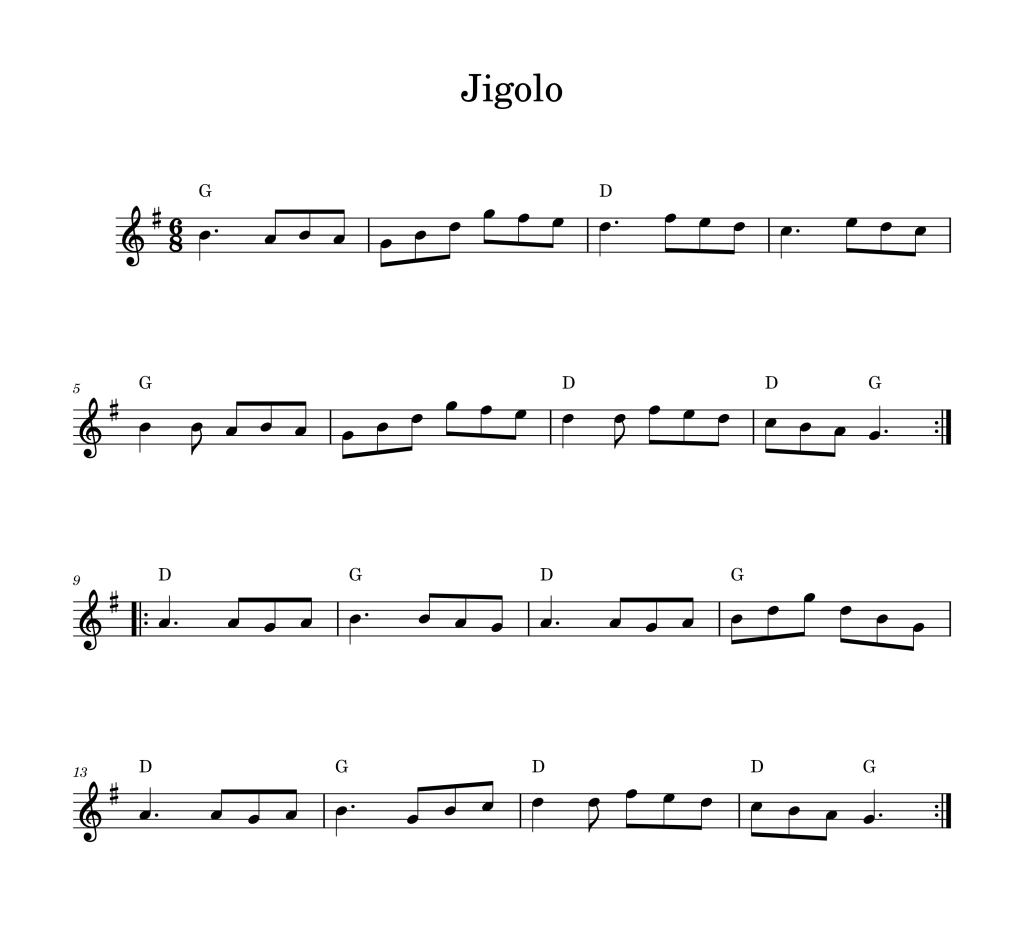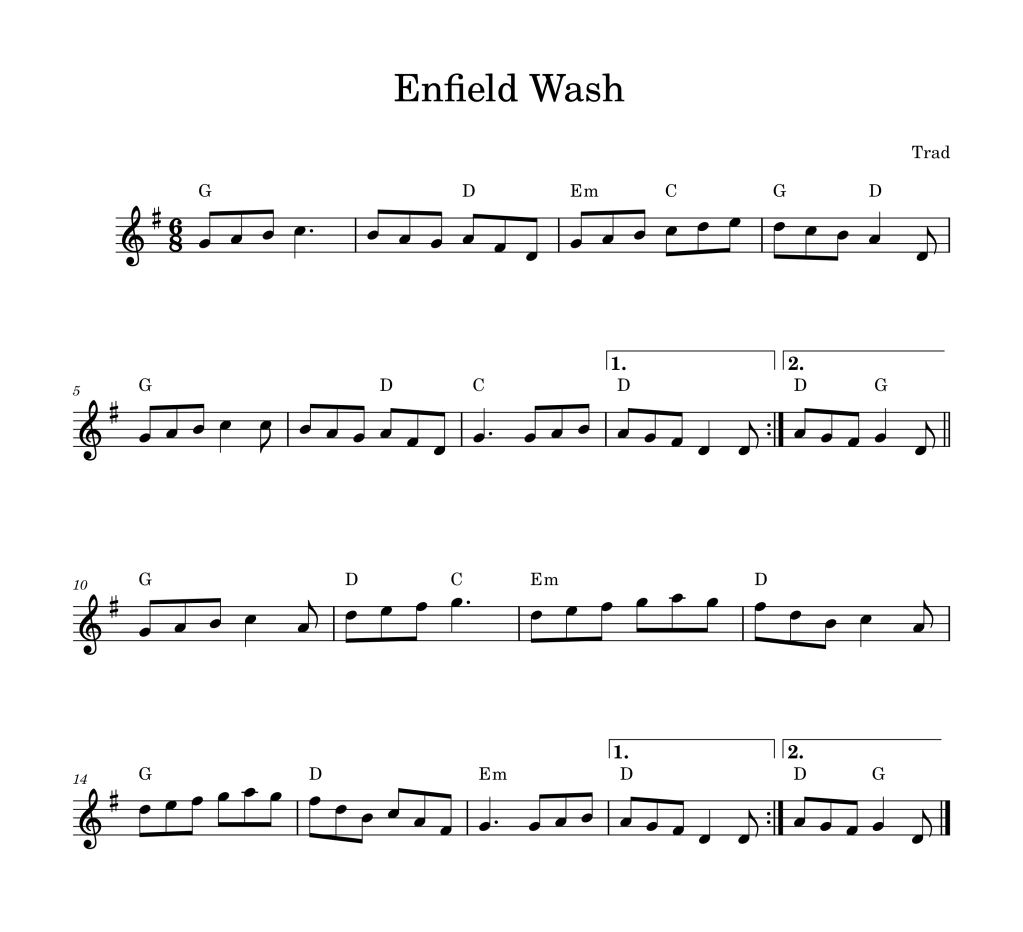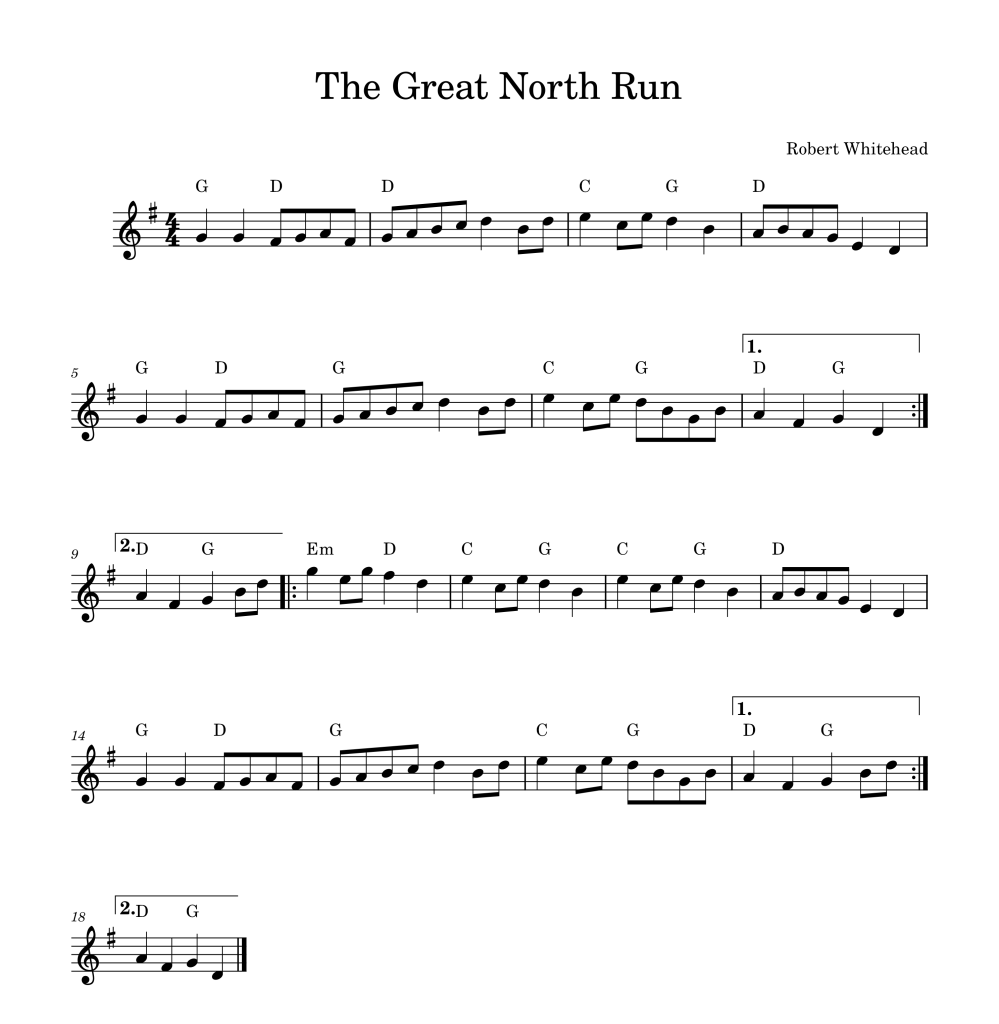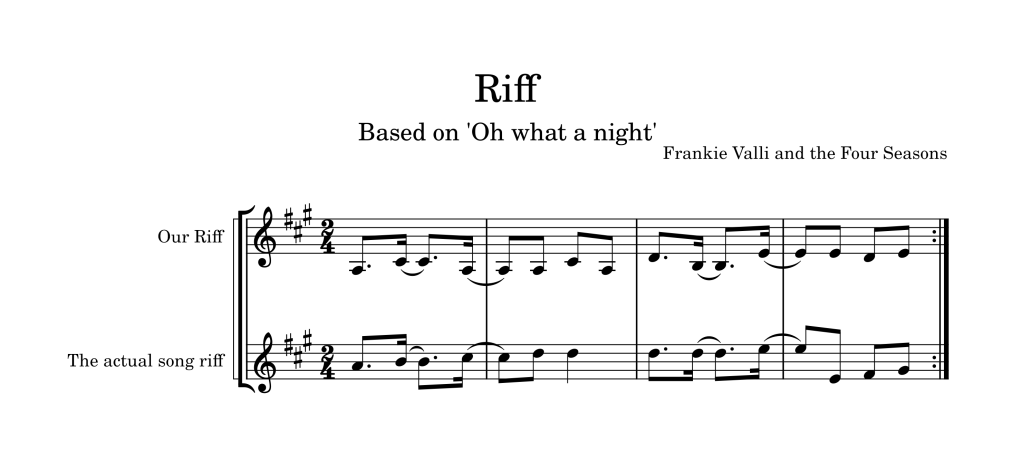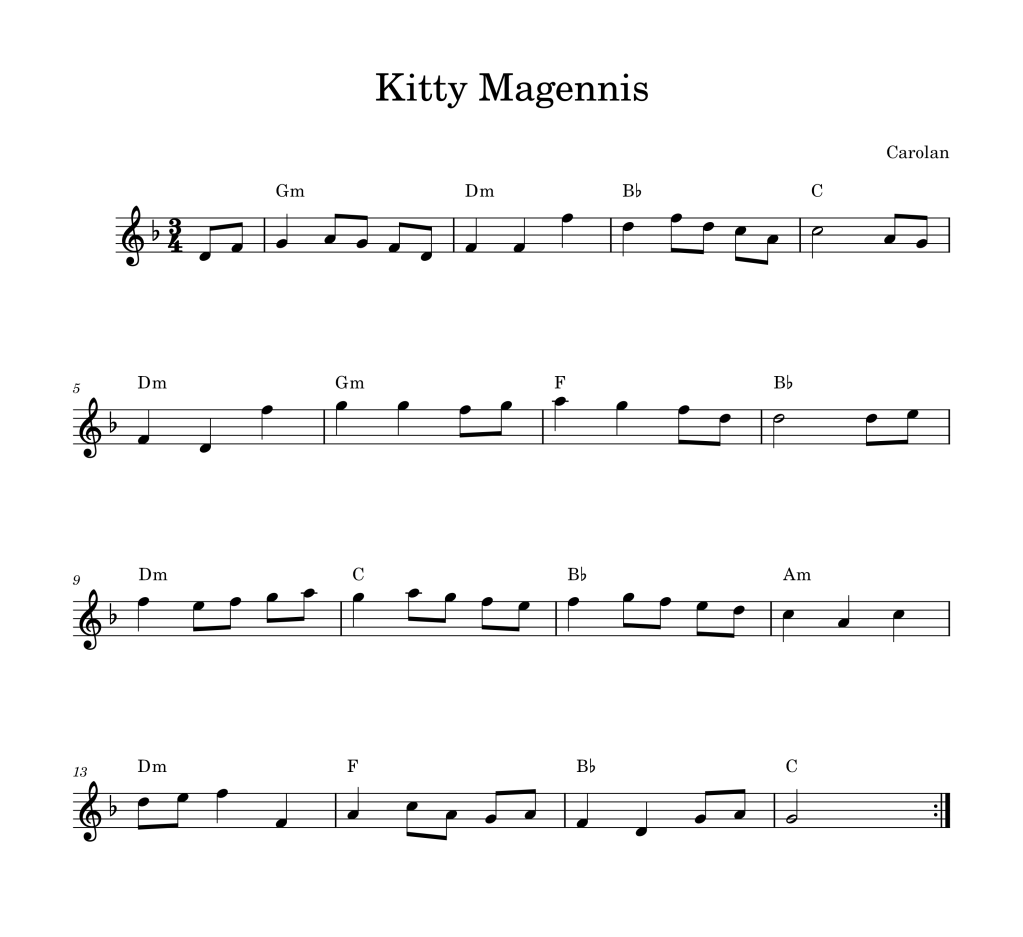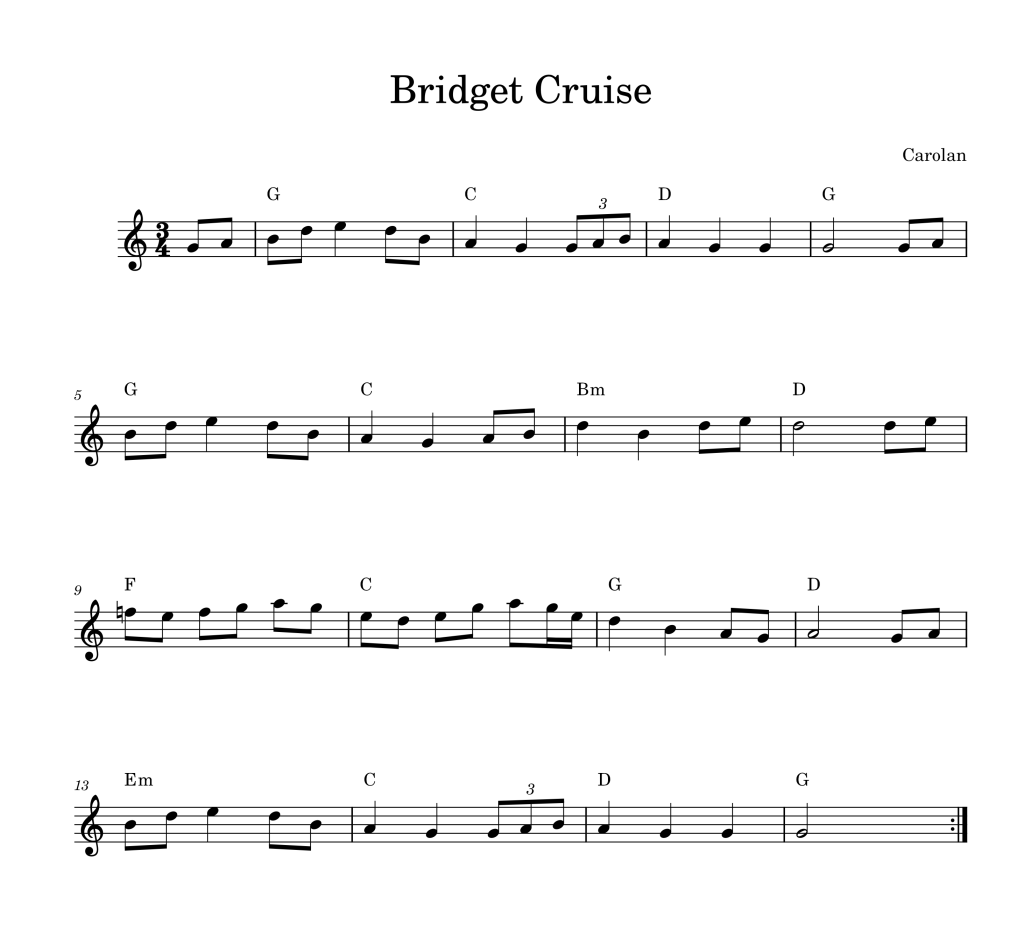An English Morris tune for May Day, Old Meddon of Fawsley from the Longborough (Gloucestershire) tradition. I’ve not found any videos of this being danced, not sure why because it’s a fantastic tune! I think it’s related to Idbury Hill, given the similarities in the B part, but it definitely stands alone as a great tune. I found it in Chris Bartram’s English Fiddle book, which I would highly recommend.


